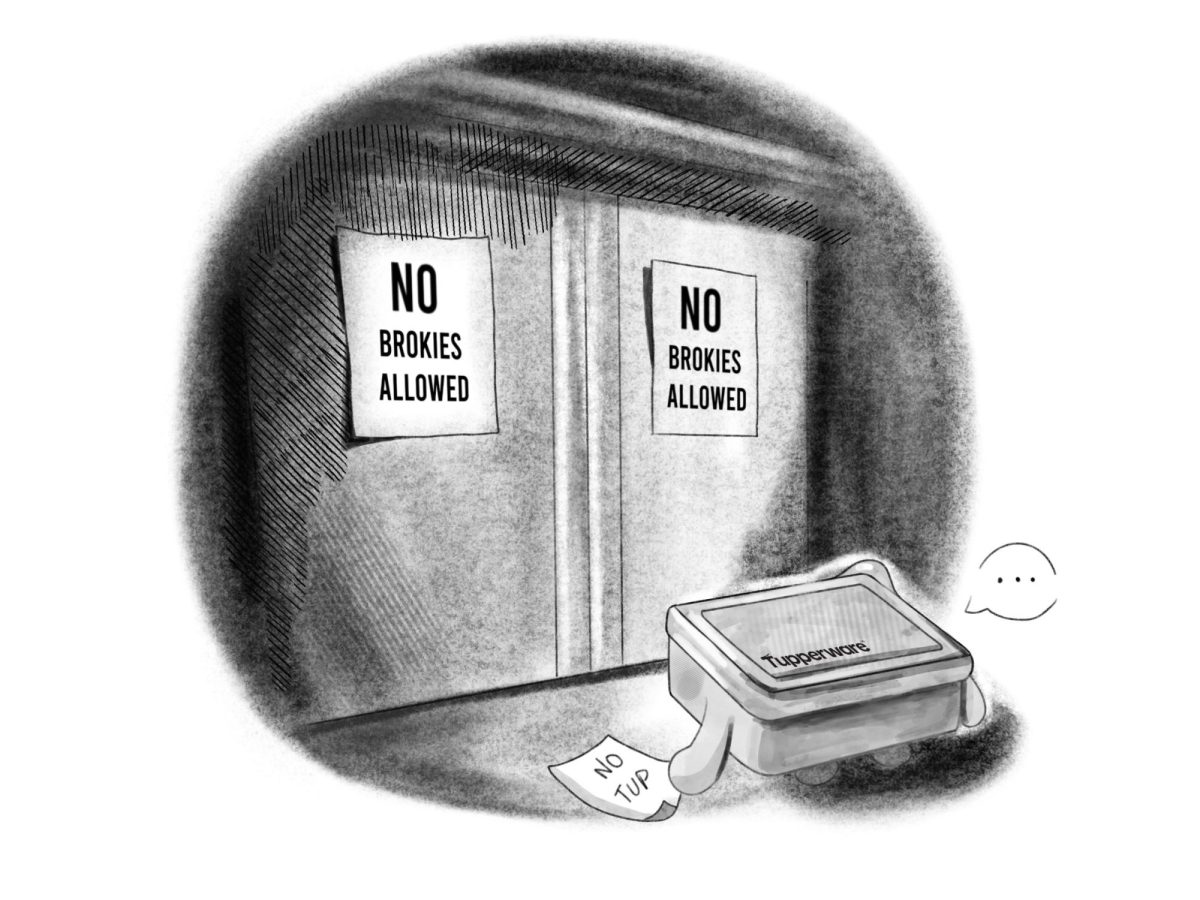Tupperware Brands Co., a decades-iconic plastic food storage container brand, and its affiliates filed for Chapter 11 bankruptcy, aiming to reorganize and transform its business.
“Over the last several years, the Company’s financial position has been severely impacted by the challenging macroeconomic environment,” President and CEO of Tupperware Laurie Ann Goldman said in a statement.
The company has been working to recover its business after consecutive quarters of reporting a decline in sales and net loss. The COVID-19 pandemic strained the business further, with increasing costs of labor, freight, and supplies.
Tupperware’s most recent annual report shows a 37% decrease in net sales, a dramatic cut from $15.6 million, and a loss of $232.5 million in its net income from 2021 to 2022. The company was alert about its financial status in April 2023, expressing doubt about its ability to continue operations.
It began working with advisers to find more financing opportunities. Without additional funding, Tupperware could soon face layoffs and may need to review its real estate portfolio to conserve cash. Tupperware set the deal with its creditors to reduce its interest payment by $150 million.
Along with securing new financing of $12 million, it extended the deadline of its $348 million debt and reduced the amount of debt by $55 million. The company’s efforts couldn’t save it from going under. In June, Tupperware closed its only factory in the U.S., located in South Carolina, and laid off 148 workers, according to a Worker Adjustment and Retraining Notification Act filing.
The bankruptcy filing allows Tupperware to seek the court’s approval to maintain its operations during the proceedings and production of new products.
In addition, Tupperware requested the protection of its iconic brand with its significant progress and intention of transforming into a digital-first, technology-led company.
Tupperware established its popularity with the promotion of the “Tupperware Parties” in the 1950s and 1960s, where women who tended to their households would gather at a sales representative’s house to view the demonstration of the products. Soon, the movement became a signature of women’s empowerment and Tupperware products became household staples.
Now, many restaurants use less costly disposable plastic boxes and aluminum food containers for take-out and delivery packaging, which consumers immediately throw away after a single use.
Tupperware’s products have also struggled to resonate with Gen Z consumers, partially due to the rise of food delivery orders.
Despite the company’s challenges, Tupperware won’t disappear from shelves anytime soon, according to Goldman.
“Whether you are a dedicated member of our Tupperware team, sell, cook with, or simply love our Tupperware products, you are a part of our Tupperware family,” she said. “We plan to continue serving our valued customers with the high-quality products they love and trust throughout this process.”








